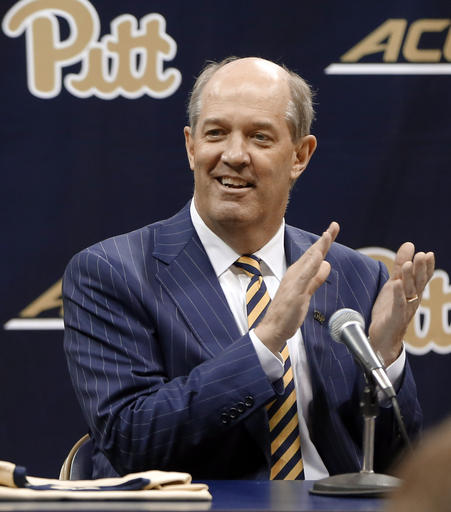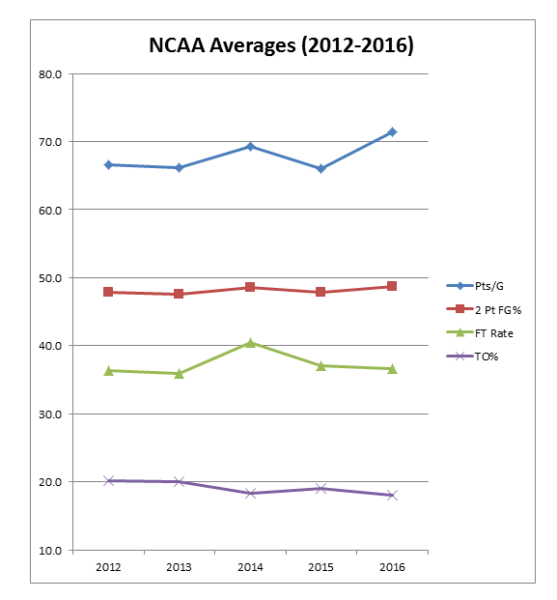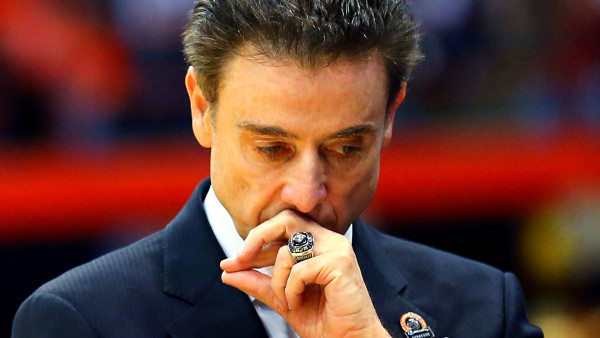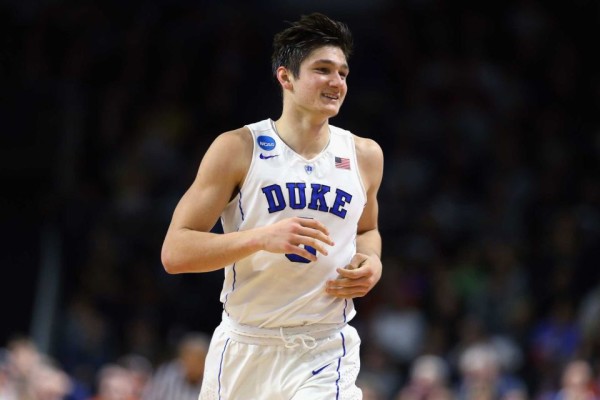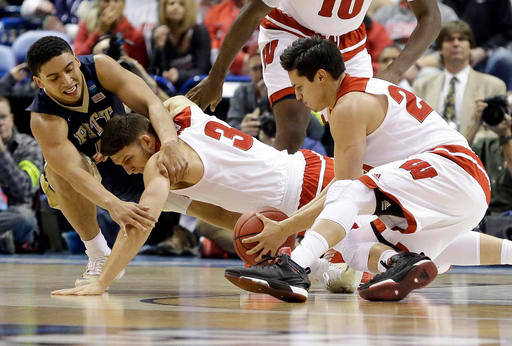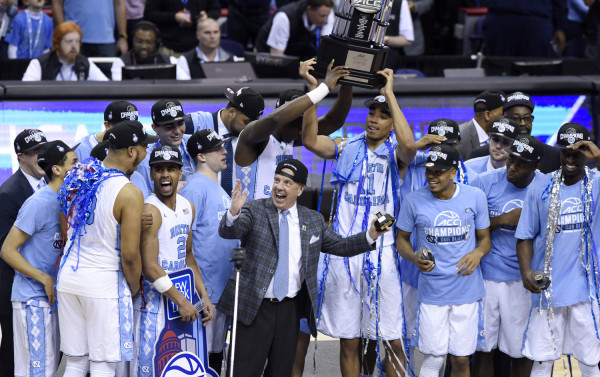Opening Weekend in the ACC: Early Goals For All 15 Teams
Posted by Brad Jenkins (@bradjenk) on November 11th, 2016As we welcome back college basketball this weekend, all 15 ACC schools will be in action, with several suiting up more than once. While teams like Duke, North Carolina, Virginia and Louisville have Final Four aspirations as their ultimate objective, others like Boston College and Georgia Tech would probably be content with a winning record. Whatever the preseason expectation level of each team, there are some specific things each would like to accomplish right out of the gate. Here’s our best guess of what each ACC school’s coaching staff will be focused on this weekend.
ACC schools are presented in alphabetical order. (opponent’s preseason KenPom ranking in parenthesis)
Boston College: Find out who can play.
- Friday Nov. 11, 7:00 ET vs. Nicholls State (#321): The Eagles have a plethora of new players, including three transfers and four freshmen. Jim Christian has watched all of them perform in the preseason, but he will be anxious to see which newcomers can emerge as dependable options when the real games begin.
Clemson: Start building the resume.
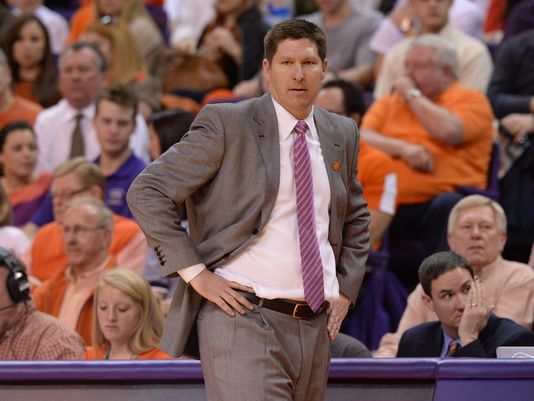
Clemson’s Brad Brownell needs a much better performance in non-conference play this year than the 7-5 mark posted by the Tigers a year ago. (Bart Boatwright/greenvilleonline.com)
- Friday Nov. 11, 7:00 ET vs. Georgia (#58): A horrible performance in the non-conference portion of the Tigers’ schedule cost them dearly last year. One of those resume scars was a blowout loss to Georgia in Athens. The Bulldogs are the highest rated opponent on the ACC docket this weekend, so a revenge win by Clemson would represent a great start for Brad Brownell.






























